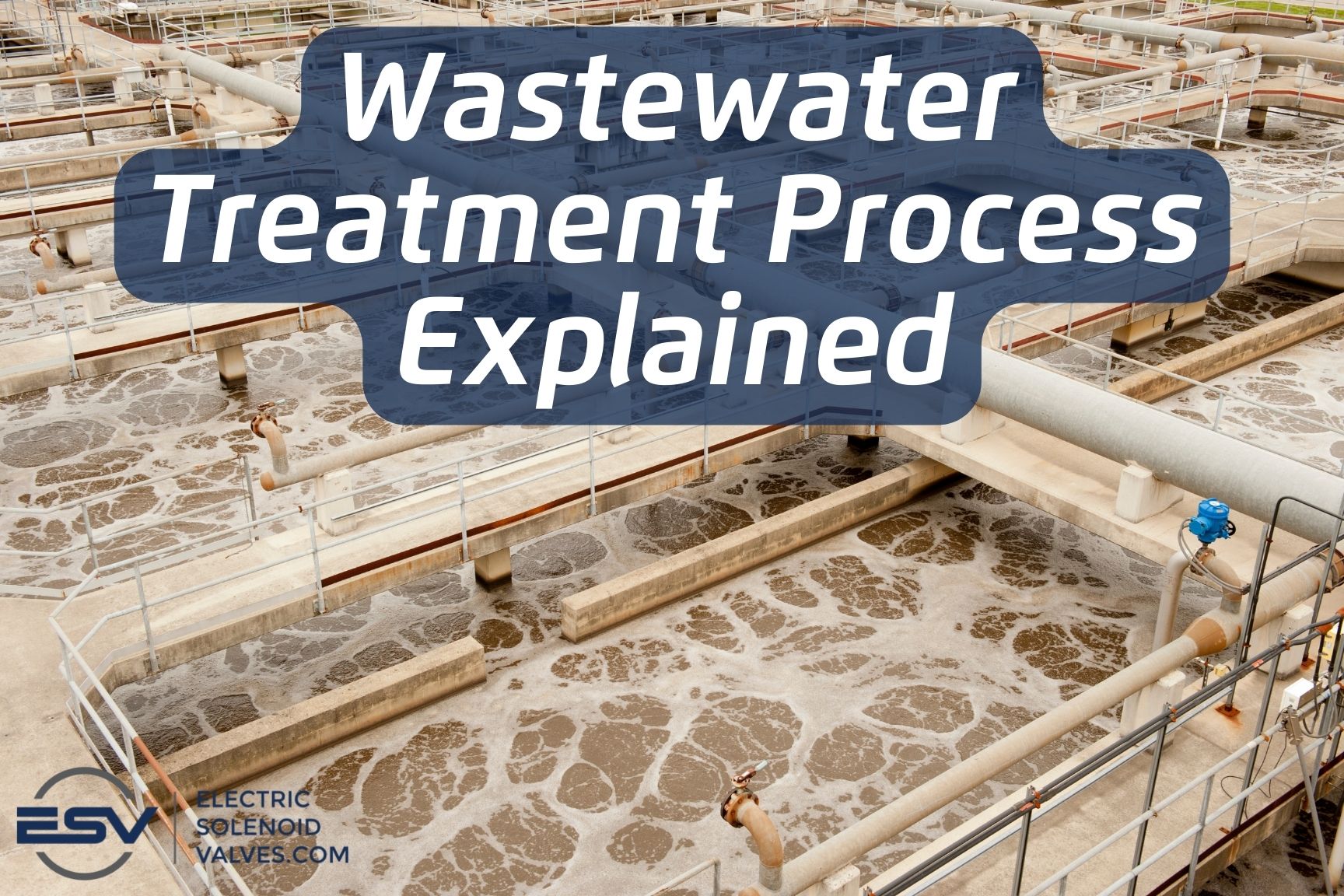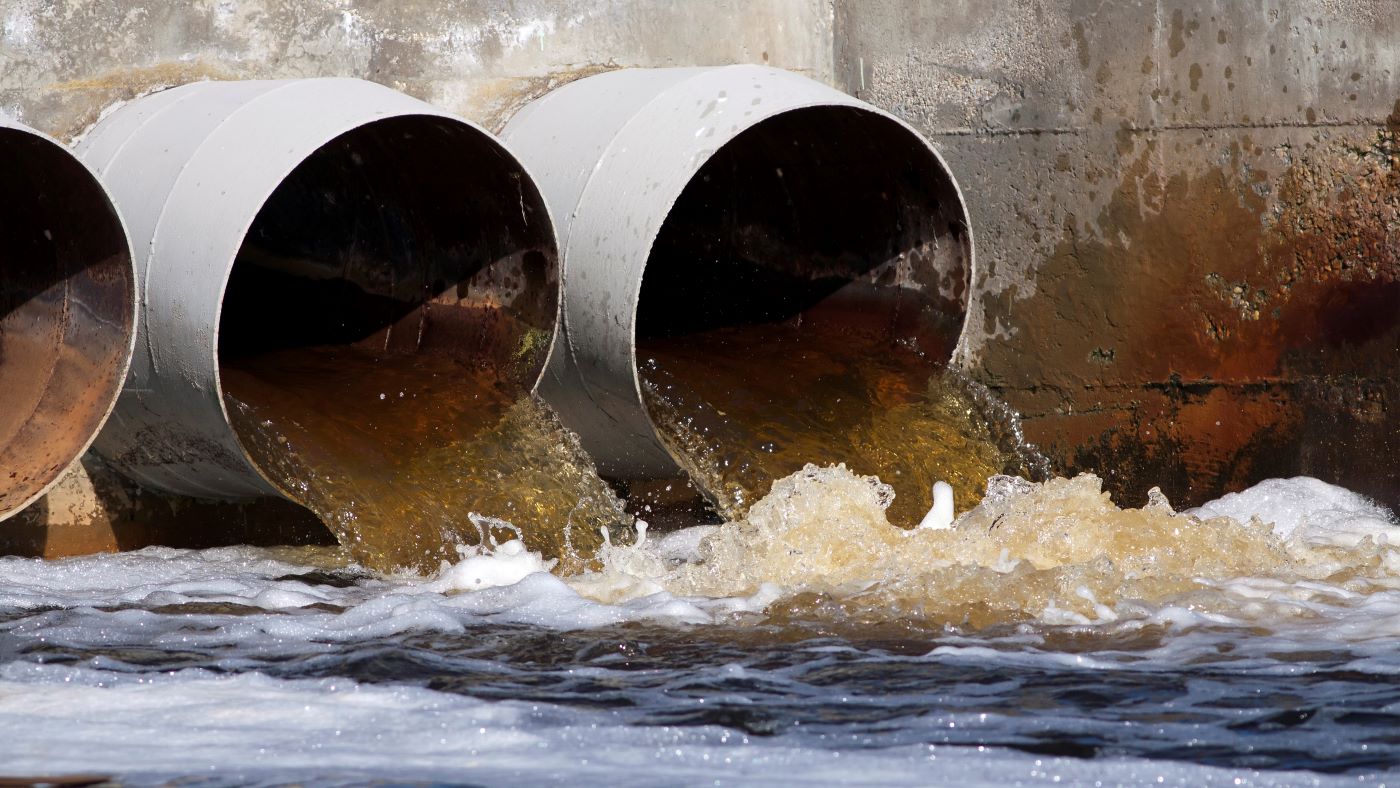Cost-efficient Solutions for Large-Scale Waste Water Treatment Facilities
Wiki Article
Optimizing Waste Water Treatment Procedures: Techniques for Improved Water Top Quality and Resource Healing
In the world of wastewater treatment, the pursuit for enhancing effectiveness and sustainability via process optimization is a continuous quest that holds tremendous importance. By focusing in on techniques tailored to raise water top quality while at the same time using important sources, therapy plants can address pressing ecological problems while opening economic advantages. From sophisticated technologies to ingenious source recuperation methods, the landscape of wastewater treatment is progressing swiftly. As we look into the details of optimizing these processes, a globe of opportunities arises that assures not only cleaner water yet likewise a much more sustainable future.Value of Process Optimization
Maximizing drainage therapy procedures with precise process optimization is essential for maximizing performance and ensuring ecological sustainability. By fine-tuning each action of the treatment process, from first consumption to final discharge, water treatment centers can achieve greater degrees of pollutant elimination, minimize energy intake, and minimize the generation of waste by-products. Refine optimization entails evaluating crucial performance indications, such as hydraulic retention times, sludge retention times, and nutrient levels, to identify areas for renovation and execute targeted services.Efficient process optimization not just boosts the total efficiency of waste water treatment plants however likewise adds to set you back savings and regulative conformity. By maximizing processes, drivers can attain greater treatment capabilities without the need for substantial framework financial investments. Additionally, improved therapy efficiency results in cleaner effluent discharge, lowering the environmental influence on receiving water bodies and ecosystems.

Advanced Treatment Technologies
In the world of drainage therapy, the application of sophisticated treatment technologies plays a crucial function in enhancing the total effectiveness and performance of the therapy procedures. These innovative innovations provide cutting-edge remedies to address complex impurities existing in wastewater streams, making certain the elimination of pollutants to fulfill stringent water high quality standards. Advanced therapy processes such as membrane layer bioreactors, ozonation, advanced oxidation procedures, and turn around osmosis make it possible for the extensive elimination of impurities, including arising contaminants like pharmaceuticals and individual treatment products.Additionally, these technologies facilitate source recovery by removing beneficial materials such as phosphorus, nitrogen, and power from the wastewater. For example, progressed nutrient removal innovations can recuperate phosphorus and nitrogen for reuse in farming plant foods, while energy recuperation systems like anaerobic digestion can harness biogas for electrical energy generation. By incorporating innovative treatment technologies into wastewater therapy plants, operators can improve water high quality, reduce environmental impact, and move in the direction of a more sustainable and resource-efficient technique to wastewater monitoring.
Resource Healing Techniques
Source recovery strategies in wastewater therapy processes play an essential function in taking full advantage of the use of valuable sources consisted of within wastewater streams. These methods purpose to extract and reuse materials such as nutrients, power, and water from the wastewater, transforming what was once considered waste into useful sources. One usual source recuperation method is the extraction of nutrients like phosphorus and nitrogen from wastewater for reuse as fertilizers or in industrial processes. Furthermore, energy recuperation methods such as anaerobic digestion and biogas production help harness the power possibility of natural matter in wastewater to produce power or warmth.
Water recovery strategies, such as membrane innovations and progressed purification systems, allow the treatment and reuse of water for non-potable applications like irrigation or industrial procedures. By carrying out source recuperation strategies in wastewater treatment plants, not only can useful resources be conserved and recycled, however the general sustainability and effectiveness of the treatment process can be considerably improved. As the concentrate on resource deficiency and environmental sustainability continues to expand, the relevance of incorporating source healing methods right into wastewater therapy procedures ends up being significantly apparent.
Lasting Practices in Wastewater Therapy
Applying sustainable techniques in wastewater therapy centers is crucial for improving ecological stewardship and long-term functional performance. Sustainable techniques in wastewater treatment incorporate a variety of techniques targeted at additional hints reducing the environmental effect of treatment processes while taking full advantage of resource healing. One essential aspect of sustainable wastewater treatment is the implementation of energy-efficient innovations to lower the carbon footprint of treatment plants. This can include using renewable resource resources such as solar or wind power, as well as the optimization of existing processes to lessen energy intake.Furthermore, the fostering of advanced treatment innovations that advertise water reuse and recycling plays a crucial duty in sustainable wastewater management. By treating wastewater to a high criterion, it can be repurposed for numerous non-potable applications, such as watering, commercial procedures, and also safe and clean water production sometimes. This not just saves beneficial freshwater sources however additionally lowers the quantity of effluent released into the setting.

Study on Successful Optimization
As wastewater treatment centers increasingly concentrate on lasting techniques, real-world situation studies showcasing successful optimization approaches serve as important models for sector innovation. One such study focuses informative post on the application of sophisticated nutrient removal technologies in a community wastewater therapy plant. By integrating biological nutrient elimination procedures and maximizing operational specifications, the facility accomplished considerable reductions in nitrogen and phosphorus degrees discharged right into getting waters, inevitably boosting overall water top quality.Another significant case research study involves the combination of anaerobic digestion systems in an industrial wastewater treatment plant to boost energy recovery and source efficiency (Waste Water Treatment). Through the digestion of natural waste materials, the center not just created biogas for power production yet also minimized the quantity of sludge requiring disposal. This double benefit not just improved the plant's sustainability performance yet likewise resulted in cost savings
These successful optimization techniques demonstrate the capacity for wastewater treatment facilities to accomplish both financial and environmental benefits with efficient procedures and ingenious techniques. By picking up from these case researches, industry experts can even more maximize their own procedures to boost water high quality and source healing.
Conclusion
Finally, optimizing drainage treatment processes via sophisticated innovations, source recovery methods, and lasting techniques is essential for improving water high quality and making the most of source recuperation. Waste Water Treatment. Case researches have shown successful implementation of optimization techniques in different wastewater treatment centers. By continuing to focus on process optimization, we can ensure efficient and effective therapy of wastewater, inevitably leading to an extra sustainable and eco-friendly approach to handling water resourcesBy fine-tuning each action of the therapy procedure, from first consumption to last discharge, water therapy centers can achieve greater degrees of contaminant elimination, decrease power intake, and lessen the generation of waste by-products.In the realm of waste water treatment, the application of sophisticated therapy innovations plays Read Full Report a pivotal role in enhancing the general efficiency and efficiency of the treatment procedures. By integrating sophisticated therapy technologies into wastewater treatment plants, drivers can boost water high quality, lower ecological impact, and move towards a much more resource-efficient and sustainable strategy to wastewater management.
By applying resource recovery techniques in wastewater treatment plants, not only can important resources be saved and recycled, however the overall sustainability and effectiveness of the therapy procedure can be substantially boosted. Sustainable methods in wastewater therapy encompass an array of approaches intended at reducing the ecological impact of therapy processes while optimizing source recuperation.
Report this wiki page